Some people will tell you that YouTube has become a vast wasteland of entertainment like the boob tube before it. Live streaming doesn’t help the situation much, and this entry level webcam live-stream server isn’t poised to advance the art.
We jest, but only a little. [Mike Haldas] runs a video surveillance company that sells all manner of web-enabled cameras and wondered what it would take to get a low-end camera set up for live streaming. The first step was converting the Zavio webcam stream from RTSP (real-time streaming protocol) to the standard that YouTube uses, RTMP (real-time messaging protocol). Luckily, FFmpeg handles that conversion, so he compiled it for his MacBook Pro and set up a proof of concept. It worked, but he needed a compact solution that would free up his laptop. Raspberry Pi to the rescue – after loading a bunch of libraries and a four-hour build and install of FFmpeg, the webcam was streaming 1080p video of [Mike]’s sales office. He was worried that the Pi wouldn’t have the power needed for the job, and that it would be unstable. But as of this writing, the stream below has been active for six days, and it’s riveting stuff.
Raspberry Pis are a staple in the audio streaming world, like this pro-grade FM broadcast streaming rack or this minuscule internet radio streamer. And of course there’s this quick and dirty, warm and fuzzy streaming baby monitor.
Continue reading “Low-cost Video Streaming With A Webcam And Raspberry Pi”

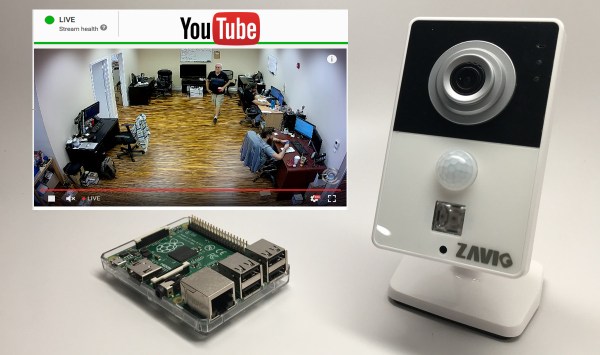

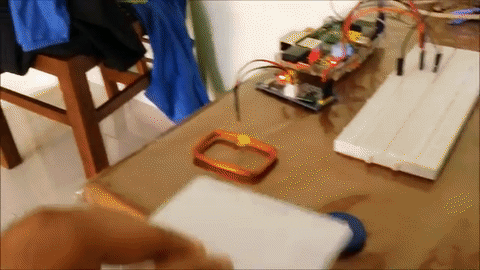

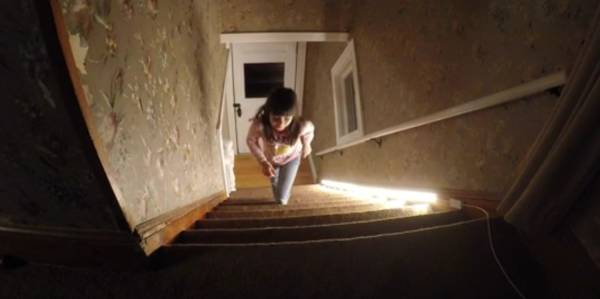
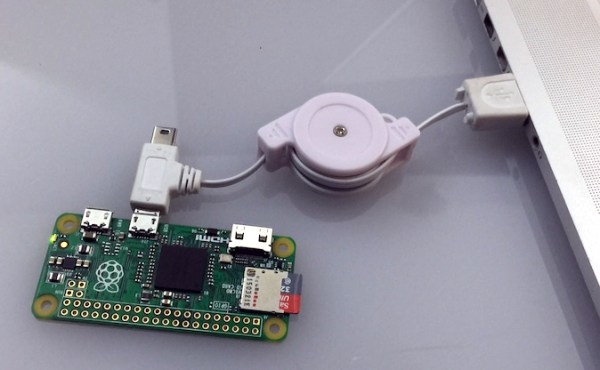
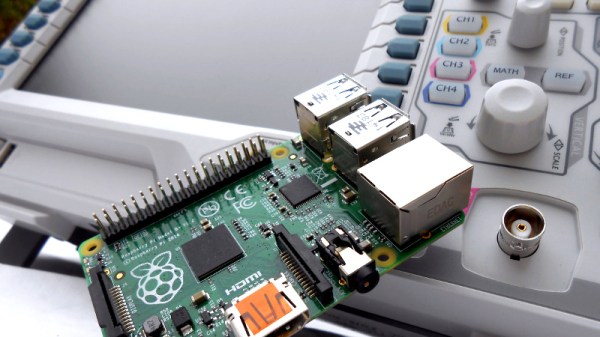
![A GPIB/IEEE488 plug. Alkamid [CC BY-SA 3.], via Wikimedia Commons](https://hackaday.com/wp-content/uploads/2016/10/a_gpib_plug.jpg?w=400)








